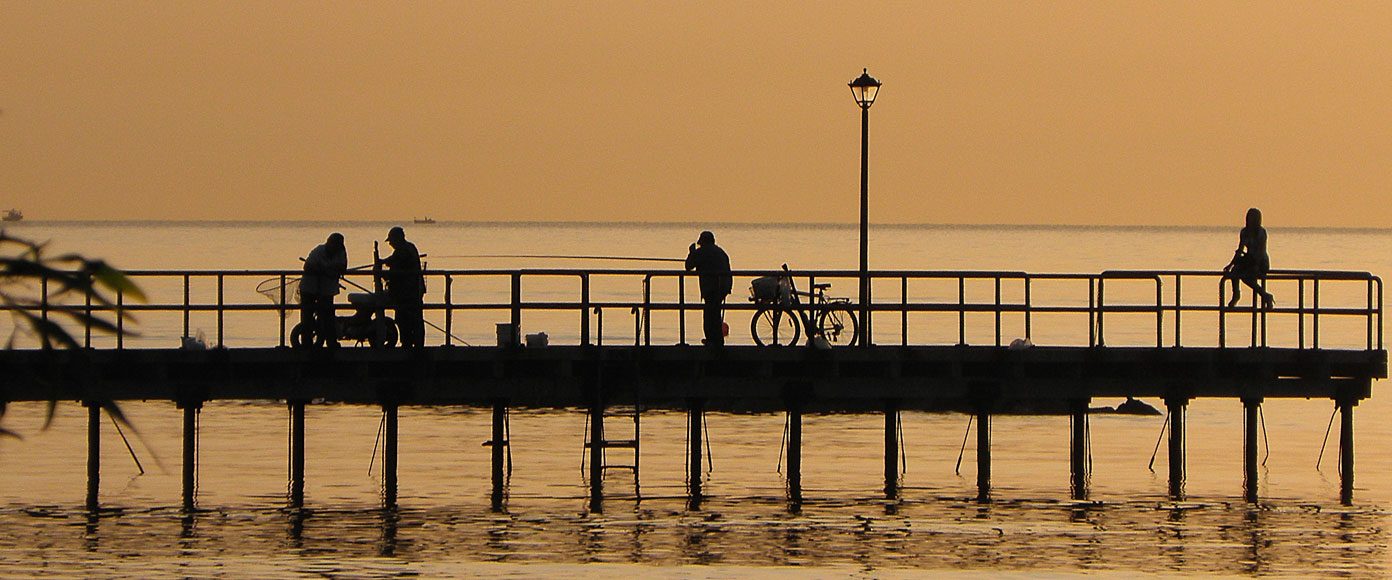Cyprus in Springtime
Published on June 02, 2020
Gods, Goddesses, Ruins & Fine Food
by Susan Robertson, Class of 2009
Photographs by the author
Brent and I visited Cyprus in early March 2020, just before COVID-19 halted travel. It is an enchanting island-nation located in the Mediterranean Sea, south of Turkey. This tiny country is about the size of Puerto Rico (3500 square miles) with a population of 870,000 persons. Cyprus attracts some four million tourists a year, but we traveled several months before the usual tourist season. The joys of Cyprus include plentiful sunshine, delicious local cuisine, and Mediterranean coastlines — some crowded with hotels and apartment buildings, others pristine.
Cyprus has a remarkable history with human settlements since the Neolithic period and many interactions with nearby cultures, including the Phoenicians, Egyptians, Assyrians, Greeks, and Romans. Today Cyprus is one of the world’s archeological research meccas. The Cypriot Department of Antiquities has collaborative archeological studies with some 40 institutions located in 15 countries, including the USA. Much of the rich history of Cyprus can be revisited at its archeological sites and history museums.
We stayed in the city of Limassol (population 280,000) at a seaside hotel on the southern coast of Cyprus. Our balcony provided a panorama looking south across the Mediterranean Sea in the direction of the Egyptian coast. We were situated close to two major archeological sites, Amathus and Kourion.
Amathous, Protected by Aphrodite
Exiting the beachfront gate of our hotel, we followed a magnificent coastal walk about a mile east to reach the ruins of Ancient Kingdom of Amathous. Greek mythology indicates that this city-state was founded by King Cinyras, who became the chief priest of Aphrodite. The highest part of the site contained shrines and temples to Aphrodite, the goddess of love, who is said to have been born in Cyprus. From 10C BC to 7C AD Amathus was one of the most prosperous ports on the Mediterranean, with a huge harbor, now silted in.
Today, Amathus is a well-maintained government archeological site. March is well before the Cyprus tourist season and we were the only visitors. Excavations have revealed an upper and lower city, residential neighborhoods, an expansive central square (agora), bathhouses, temples, and basilicas. One corner of the agora has lovely spiral columns, which once surrounded a beautiful series of fountains in the nyphaeum. A “nymphaeum“ is a sanctuary of the nymphs, the daughters of Poseidon, the god of the sea. Water from the town’s aqueduct was stored in a deep stone basin. We were amazed to see Roman water pipes that carried water from the basin to the nymphaeum fountains.
The Limassol Archeology Museum houses many important finds from Amathus. A 4C BC column capital from Amathous features a figure of Hathor, the Egyptian goddess of fertility. The limestone capital was discovered in 1983, when the storerooms of Amathous Palace were excavated. We were fascinated by a 6C BC “Janiform” ceramic pot, with the back-to-back heads of two bearded and helmeted soldiers. Janus was the two-faced god of doorways, and he appears in Chicago as an Art Deco relief sculpture on the Chicago Federation of Musicians building at 175 W. Washington St. (1933, Max Dunning).
Kourion, Protected by Apollo
From our hotel, we went about 10 miles west to Kourion, a major archeological site on cliffs overlooking the sea. The kingdom was named for Koureas, son of the mythological King Cinyras. Apollo was the protector of Kourion, and the city hosted temples dedicated to him. Kourion was a prominent city cited by ancient authors including Ptolemy and Pliny. It flourished from 10C BC to 7C AD. Its ruins were excavated in the late 19C, again in the 1930s, and further since the 1970s. The excavations have uncovered an amphitheater, an agora, a huge stadium with 6000 seats, public baths, tombs, basilicas, and residential neighborhoods.
The restored amphitheater (2C BC), which seats 3500 persons, overlooks the sea. Today the amphitheater hosts music concerts and the Limassol Shakespeare Festival.
In 365 AD, Kourion was buried in a massive earthquake. After the earthquake, Eustolios, a wealthy merchant, built a grand Roman-style villa with sea views. We viewed the excavated villa’s magnificent mosaic floors that depict fishes, birds, and flowers. Beside his villa, Eustolios built a gift for the community: a public bathhouse to celebrate the rebirth of the City of Kourion. One of the bathhouse mosaics depicts “Ktisis”, the goddess of building (especially honored at the founding of cities) who holds a measuring instrument. [The Romans used the human foot as a unit of length; they were the first to divide a foot into 12 parts, each called a “uncia;” thus, the origin of our term “inch.”]
Other options on Cyprus
We were privileged to visit Cyprus when there were almost no tourists, and its wonderful archeological treasures captivated us. Limassol has a luxurious marina with many private yachts. Nicosia, the capital city, has several great museums. The Troodos mountains in the middle of the country are home to ten medieval churches included on the UNESCO World Heritage List, because of their well-preserved Byzantine frescoes.
The Cypriots are wonderful hosts, and take pleasure in presenting local wines and beers, along with delicious dishes, including moussaka, souvlaki, meze (lots of small plates from vegetable to fish and meat), and baklava. As the Cypriots say, “When you see food, eat, and when you see work, flee.”
###
CAPTIONS:
Photo 1. Brent examines Roman pipes (2C AD) that carried water to a series of fountains, Amathous, Cyprus.

Photo 2. Capital of limestone column (4C BC) is a figure of Hathor, an Egyptian fertility goddess, Palace of Amathous.

Photo 3. “Janiform” clay pot from Amathous (6 C BC) is displayed at Limassol Archeological Museum.

Photo 4. Restored stone amphitheater (2C BC) overlooks the sea at Kourion.

Photo 5. Mosaic (4C AD) depicts the goddess of building holding a ruler, Kourion.

Kourion Mosaics

